Good morning and happy new week! I thought I would start the week off with a post about arthritis as this week, the NRAS (National Rheumatoid Arthritis Society) are celebrating RA Awareness Week 2020.
With RA Awareness Week (RAAW) 2020, our aim is to educate and inform the public about exactly what rheumatoid arthritis (RA) is and how it impacts those living with the condition. This year, especially taking into account recent events, the focus for NRAS RAAW will be on Physical and Mental Well-being.
NRAS
You can check out their website for more information about this, how you can get involved and find some tips to support your mental wellbeing.
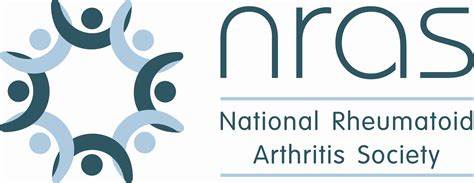
I have written an A to Z of Arthritis which highlights a few of the things about arthritis which you might not realise. This list is obviously not exclusive – there is SO much more about this disease – but will help give you a general overview of the condition!
A is for Arthritis
In the UK, rheumatoid arthritis affects more than 400,000 people. It often starts when a person is between 40 and 50 years old. Women are three times more likely to be affected than men. [NHS Inform]
B is for Biologics
Biologics are a special type of disease-modifying antirheumatic drug (DMARD). In most cases, they are prescribed when conventional DMARDs have not worked. These powerful drugs work very well for many people with rheumatoid arthritis, psoriatic arthritis, and other forms of inflammatory arthritis.
They weaken your ability to fight germs, so you may get infections while taking biologics.
One biologic may work very well for some people, but not for others. A biologic may work for you at first, but then stop working after a while. If the first one you try doesn’t work for you, your doctor has other options. [Arthritis Foundation]
C is for Chemotherapy
Low dose chemotherapy is also used to treat rheumatoid and psoriatic arthritis. Methotrexate is available via injections or tablets and is taken once a week. You can find out more on my post about Methotrexate.
D is for Degenerative
Degenerative arthritis and degenerative disease are terms often used interchangeably with osteoarthritis. Also referred to as the ‘wear and tear’ arthritis, it occurs when joint cartilage and underlying bone begin to deteriorate, causing progressive pain, stiffness, and joint malformation. While it can affect any joint, degenerative arthritis typically develops in the weight-bearing joints (such as the hips, knees, and spine) and those of the hands, feet, shoulder, and neck. [Very Well]
E is for Exercise
Often the last thing you want to do when your arthritis is playing up, exercise is actually really beneficial. Versus Arthritis has some great information and guides on their website.
F is for Family History
Some types of arthritis run in families, so you may be more likely to develop arthritis if your parents or siblings have the disorder. Your genes can make you more susceptible to environmental triggers that may cause arthritis. [Mayo Clinic]
G is for Gout
A type of arthritis that causes inflammation of joints due to excess uric acid. It is most common in males aged 35 to 60.
Gout is a form of inflammatory arthritis characterized by recurrent attacks of a red, tender, hot, and swollen joint. Pain typically comes on rapidly, reaching maximal intensity in less than 12 hours. The joint at the base of the big toe is affected in about half of cases. It may also result in tophi, kidney stones, or kidney damage. [Wikipedia]
H is for Hospital
You will spend quite a bit of the time at hospital appointments if you have arthritis and these are some of the people you might see –
- RHEUMATOLOGIST – This is a medical doctor who specializes in arthritis and other joint and muscle diseases.
- RHEUMATOLOGY NURSE – These will work with your rheumatologist in monitoring you. Many hospitals will have a rheumatology nurse advice line which you can call if you need some help.
- ORTHOPADIC SURGEON – You may never need surgery for your RA. Today’s medicines can stop or slow down the disease. If however there is a lot of joint damage that is affecting your ability to function your rheumatologist may refer you for surgery such as joint replacement. [Web MD]
- PHLEBOTOMY – They take your blood to check for things like inflammation markers, iron levels and whether your medications are affecting your liver or kidneys for example.
- PHYSIO – PTs help you get stronger and can make an exercise plan for you.
- OCCUPATIONAL THERAPIST – If rheumatoid arthritis starts to slow you down, or if daily tasks become hard, a visit with an occupational therapist will probably help. They have a playbook of “work-arounds” to let you continue to live your own way. They can also provide or recommend assistive devices that will smooth out the rough spots in your daily routine, like special gadgets to make cooking or computer work easier. [Web MD]
- PSYCHOTHERAPIST – Not normally someone you will be referred to see unless you ask, but something you know I feel passionate about. A new diagnosis or just life with a chronic illness in general can have a huge effect on your mood and wellbeing. If you feel you would like to talk with one, you can ask your GP about a referral.
I is for Inflammation
The five classical signs of inflammation are heat, pain, redness, swelling, and loss of function which are all symptoms experienced with arthritis.

J is for Joints
A joint is the connection made between bones in the body which link the skeletal system into a functional whole. They are constructed to allow for different degrees and types of movement. [Wikipedia]
K is for Kids
Arthritis is often associated with older people, but it can also affect children. In the UK, about 15,000 children and young people are affected by arthritis. Most types of childhood arthritis are known as juvenile idiopathic arthritis (JIA). [NHS Inform]
I was diagnosed at 15 months of age.
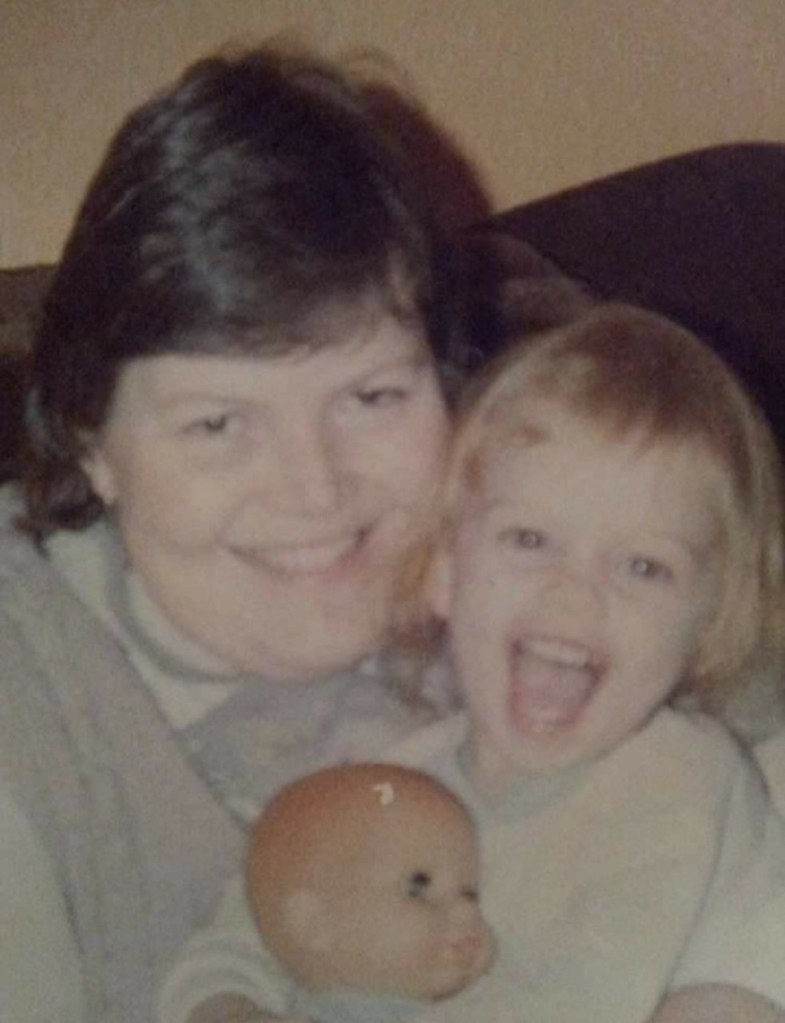
Me and my Grandma 
Me and my Aunty
L is for Lupus
Lupus (also called SLE or systemic lupus erythematosus) is an autoimmune disease. It can affect your joints and many organs in your body.
Women of childbearing age are more likely to get lupus than men. It affects African-American women more often than white women. It usually appears between ages 15 and 44.
Symptoms include painful, swollen joints, fatigue, headaches, swelling in the feet, legs, hands, or around the eyes, rashes (including a “butterfly” rash across the cheeks), mouth sores, sun sensitivity, hair loss, blue or white fingers or toes when exposed to cold (Raynaud’s phenomenon), blood disorders (like anaemia and low levels of white blood cells or platelets) and chest pain (from inflammation of the lining of the heart or lungs).
Read my interview with Amber who has Lupus
M is for Medication
And lots of it! There are various types of medications you can be put on including painkillers, DMARDS, biologics and more!
N is for NSAIDS
Non-steroidal anti-inflammatory drugs (NSAIDs) are medicines that are widely used to relieve pain, reduce inflammation, and bring down a high temperature.
They’re often used to relieve symptoms of headaches, painful periods, sprains and strains, colds and flu, arthritis, and other causes of long-term pain.
Although NSAIDs are commonly used, they’re not suitable for everyone and can sometimes cause troublesome side effects.
O is for Osteoarthritis
More people have this condition than any other form of arthritis. It’s the “wear and tear” that happens when your joints are overused. It usually happens with age, but it can also come from joint injuries or obesity, which puts extra stress on your joints.
Joints that bear weight — like your knees, hips, feet, and spine — are the most common places it affects. It often comes on gradually over months or years. It makes the affected joint hurt. But you don’t feel sick or have the fatigue that comes with some other types of arthritis. [Web MD]
P is for Physio
You may be referred for a course of physio by your rheumatologist. Your physiotherapist will help teach you some exercises which can be useful to help your joints from stiffening and being painful.
Q is for Quackery (yes I had to Google this one!)
Like many people with chronic ailments, sufferers of chronic arthritis are potentially vulnerable to proponents of heavily marketed “cure-all” treatments. These “quick fix” treatments are promoted as having great benefits, but in reality have no right to such claims.
Quackery (the business of promoting unproven remedies) is recognized as a billion dollar industry. [MedicineNet]
There is no CURE for arthritis currently!
R is for Rheumatoid Arthritis
RA is an autoimmune disease. That means the immune system attacks parts of the body, especially the joints. That leads to inflammation, which can cause severe joint damage if you don’t treat it. [Web MD]
The most common symptoms of RA include pain, stiffness and swelling in more than one joint and that is often symmetrical – so if the knuckles on your left hand are swollen, they tend to be on the right hand too. Fatigue, loss of appetite and morning stiffness are also common.
S is for Stiff
Joints can stiffen when you have arthritis. This can, over time, lead to reduced mobility where joints are no longer able to extend or bend fully.
T is for TNFa
Tumour necrosis factor alpha or TNFα is a cytokine. Cytokines are substances released by the body during inflammation. Inflammation is a normal process generated by the body to fight against harmful bacteria and viruses. Normally, this inflammation is controlled and regulated. In rheumatoid arthritis this process breaks down, therefore the joints of patients with rheumatoid arthritis become inflamed. An excessive amount of TNFα is present in the blood and joints of patients with rheumatoid arthritis. Research has shown that excessive production of TNFα can lead to inflammation and damage to joints. TNFα is a particularly powerful cytokine because it causes the release of other cytokines from the body (such as IL1 and IL6). Blocking TNFα can reduce inflammation and joint damage. [NRAS]
U is for Unknown Cause
There is no known cause for rheumatoid arthritis.
V is for Versus Arthritis

Versus Arthritis was formed in 2018 following a merger of Arthritis Care and Arthritis Research UK. Their website has loads of great information and advice for people living with arthritis.
W is for Walking Aids
There are a range of different walking aids which people with arthritis might need to use. This may be permanent or you may use them on and off as needed.
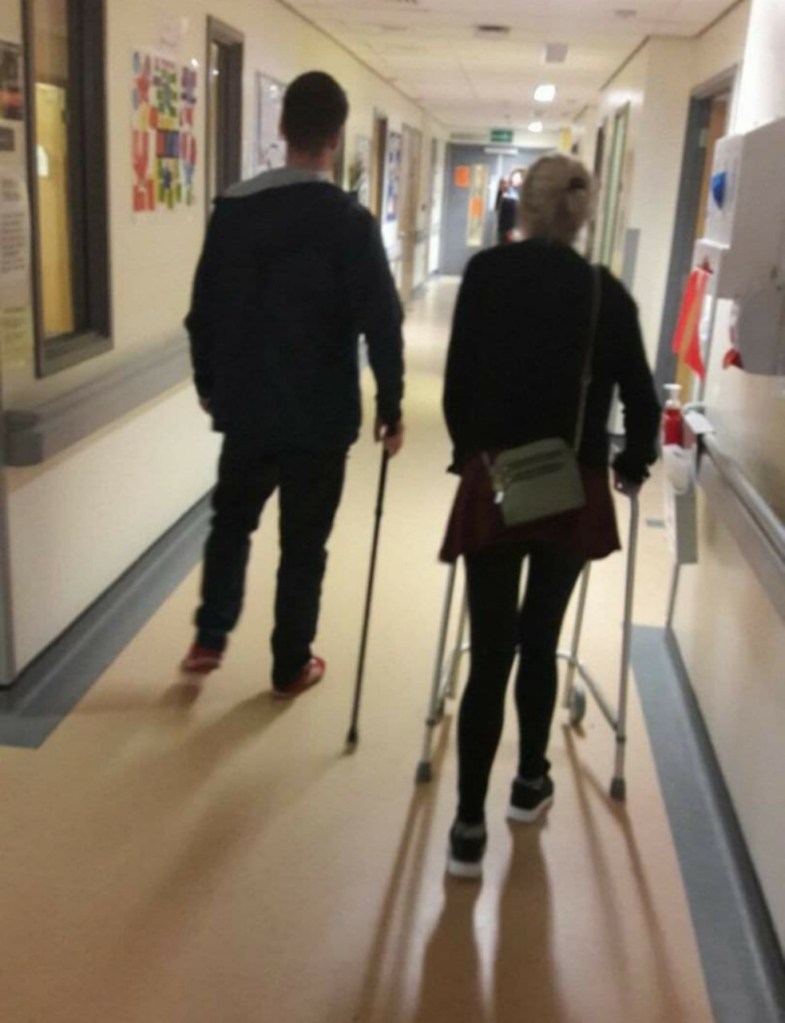
X is for X-Ray
Your rheumatologist will use x-rays to check on the condition of your bones regularly when you have arthritis. You may also need a chest x-ray before being put on certain medications.
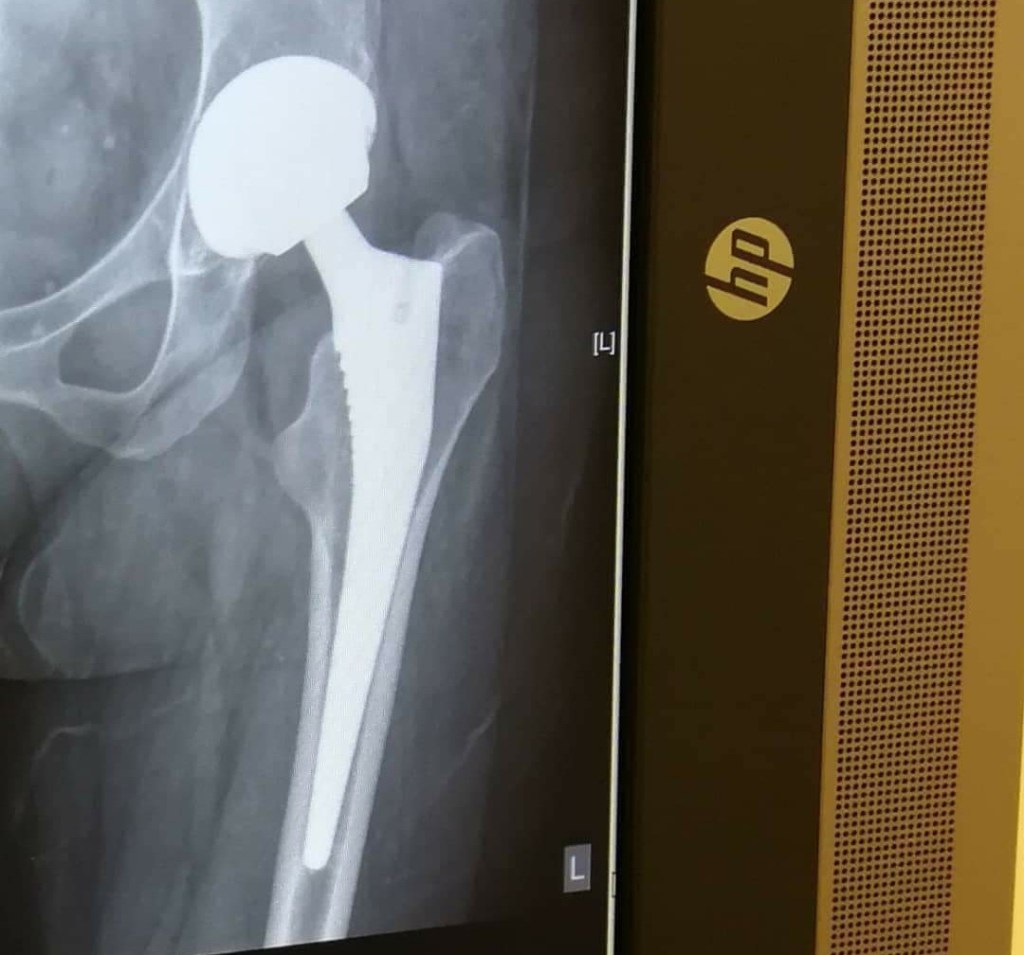
Y is for your Sex (only slightly cheating)
Women are more likely than men to develop rheumatoid arthritis, while most of the people with gout are men. [Mayo Clinic]. Other risk factors include age, previous joint injury and obesity.
Z is for Zzzzz…..
Fatigue is often experienced with arthritis. Fatigue symptoms include chronic tiredness, headaches, dizziness, sore or aching muscles, muscle weakness, slowed reflexes and responses, irritability and impaired decision making/judgement.

I hope you have enjoyed reading my quick A to Z round up of arthritis – let me know in the comments if you have learnt anything new!
If you have rheumatoid arthritis or know someone who dies, please support Rheumatoid Arthritis Awareness Week by sharing any posts you see or posting something of your own. NRAS are using the hashtag #OurMindsRApriority across social media this year, You can also sign up for their free wellbeing sessions on their website. Take care and keep safe,












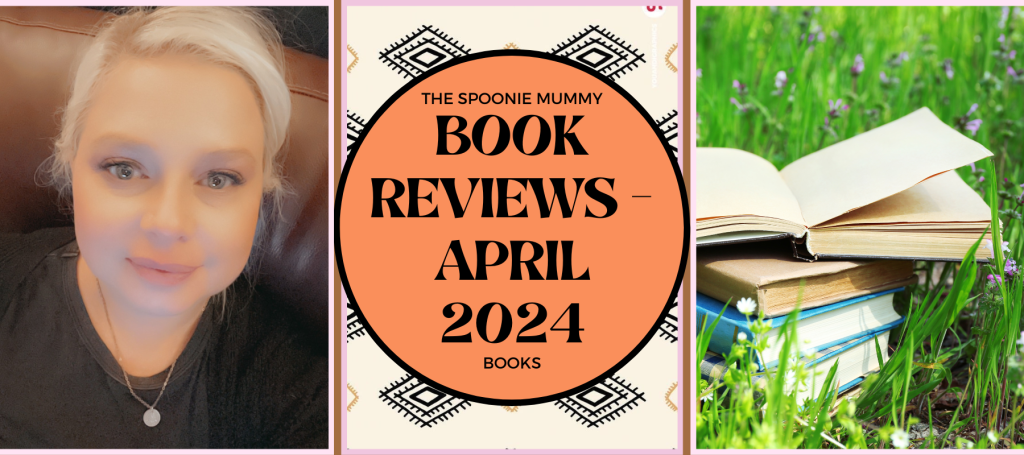



Leave a comment